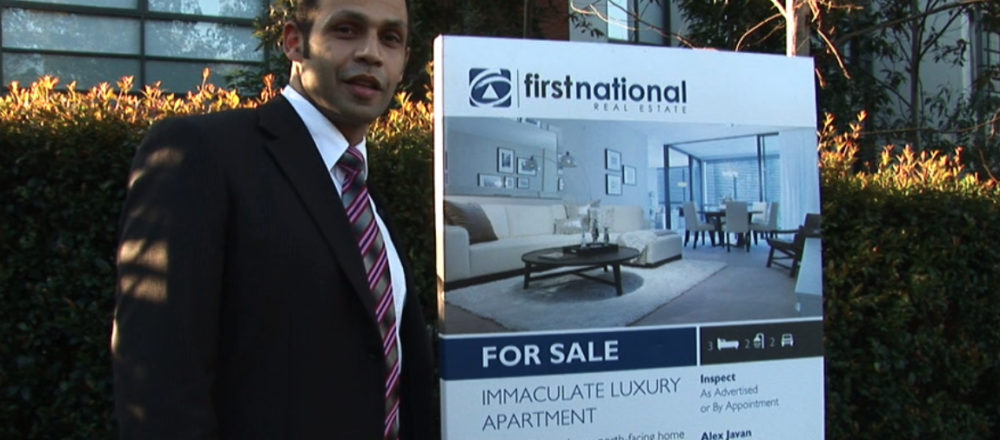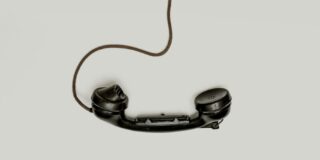Freedom Stories | Steve Thomas
In recent years, a range of documentaries, films and reality TV series have tackled the perceptions and highly politicised issues surrounding the process of seeking asylum in Australia. With the release of documentaries such as Between the Devil and the Deep Blue Sea and each season of Go Back to Where You Came From, we watch in the hope they will shift public opinion and, subsequently, the policy governing such matters.
And yet, while the discussion continues, and these productions add important information, evidence and human stories, it feels like little changes. The majority of Australians still support policies like boat turn-backs and offshore processing.
So, watching Steve Thomas’s Freedom Stories may bring about mixed feelings from an activist point of view, yet from the perspective of Australian storytelling, it is a valuable contribution.
Thomas introduces us to several refugees who arrived in Australia from the Middle East around 2001. This was a significant year in the asylum seeker debate (or more accurately, the ‘Australian treatment of asylum seekers’ debate). It was the year of SIEV X, September 11 and John Howard’s infamous line, “We will decide who comes to this country and the circumstances in which they come.”
“And with that, a story of struggle, brutal inhumanity, desperation, and perseverance most of us will never require is brushed aside.”
All in all, the documentary tells eight separate stories involving 14 people.
The opening scene sees Mustafa, a motor mechanic in Canberra who arrived on Nauru at the age of 10 greeting a customer, Jim. Probed by Thomas, Jim confesses to know little more about Mustafa’s background than where he is from. Harmless in itself, but Jim’s parting comment, after a friendly but slightly awkward exchange, points to a broader issue at the heart of the refugee debate in Australia – “He’s a good mechanic, that’s all I care about.”
And with that, a story of struggle, brutal inhumanity, desperation, and perseverance most of us will never require is brushed aside. A story that is not only a source of inspiration, but important information for anyone prepared to have a view on ‘border protection’.
It is true that eight stories in a 100-minute documentary pushes the boundaries of cohesive storytelling. Yet Thomas avoids jumping between them too much, and each is compelling enough to be remembered. They also offer a range of – sometimes contrasting – approaches to life that complement each other and provide a compelling overarching narrative.
Mustafa speaks of telling his future children about what he went through so they “don’t take it easy, and work hard”. On the other hand, Arif, a tiler from Afghanistan who spent 10 months in Woomera Detention Centre and six years on a Temporary Protection Visa, is trying to forget, and works long hours to give his kids the life he didn’t have.
In one of the most compelling moments of the film, painter and visual artist Shafiq talks of the freedom he felt on the boat that brought him toward Australia as “the nine freest days of [his] life”. Although the future was uncertain, and the journey dangerous, it was overwhelmed by the newfound sense of opportunity.
“Anything could happen but I was really happy,” he says, giving an indirect but powerful glimpse into the horrific circumstances that could make such a journey so enjoyable.
Contrast this elation with Sheri’s son Mohammad, who developed such a level of depression in detention he felt nothing upon release.
Then there’s Jamila, who was just seven when she arrived in detention. Articulate and inspired, she sums up what ought be the simplicity of the discussion in seven words: “We’re not criminals, we just want help.”
Thomas employs a simple, stripped-back production style to relay these stories. We hear from them by-and-large one at a time, through interviews with the filmmaker. As interviewer and narrator, Thomas has a constant presence even when offscreen. While this bands the stories together, it is the only real distraction from his subject’s stories, particularly as he mentions (and perhaps unnecessarily promotes) their links to his previous documentaries.
There are no stylised infographics or re-enactments, no emotionally manipulative soundtrack, and hardly even any photographs. We simply have the stories, as told by the affected, in their own words.
Given the years that have passed, the stories are bigger than flight from persecution or time spent in mandatory detention. Those experiences are inextricable elements of the people and their stories, but the focus is on who they are now; how they have been shaped by the years since and contributed enthusiastically to a country that continues to argue ruthlessly against what they used to stand for.
While the film jumps between a significant number of stories, the eight main storytellers are given the time to speak thoughtfully, openly and extensively in a way rarely seen by many Australians. Even now, their memories of their journeys and of detention are clear and raw.
Yet the distance provided by the passage of time provides added poignancy to their reflections, as we learn how their experiences have informed their life in Australia, as members of the Australian community.
In this way, the film reminds us that there are tens of thousands of resettled refugees living in Australia, who are largely unseen and unheard – or worse, ignored – in our ongoing debate.It is not incumbent on refugees to tell their stories, though it is incumbent on us all, as voters electing representatives, to listen to them.
Through Freedom Stories, we have an opportunity to listen.
Click here to learn more about Freedom Stories.
Image courtesy of Freedom Stories.
Sam Ryan is a freelance writer and editor based in Melbourne.



